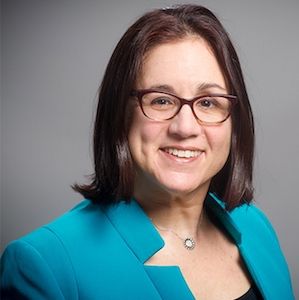Video
Considerations for HSCT in Sickle Cell Disease
Experts discuss the considerations, as well as a specific case in patients receiving hemopoietic stem cell transplant (HSCT).
Ifeyinwa Osunkwo, MD, MPH: The last therapeutic option that we have as an established treatment that’s been around for a long time is stem cell transplantation. Abdullah, can you talk about who would be a candidate for stem cell transplant with sickle cell disease, and why would you recommend a transplant for a patient with sickle cell disease?
Abdullah Kutlar, MD: Yes. From a historical perspective the first transplant was done in the early 1980s. Not for sickle cell disease, but a young teenager who happened to have sickle cell disease developed acute myelogenous leukemia, and she got transplanted for that and suddenly her sickle cell disease was cured because her donor was her sickle trait sibling. Of course, it took off, and in 2017 there was a nice review published in Blood by Eliane Gluckman, MD, PhD, from France where she reviewed 1000 transplants for sickle cell disease. If you look at those data, overwhelming it is positive with a 91% cure rate. There was only a 7% transplant rate of mortality, many in the first 100 days. It’s clearly a valuable curative intervention that we have. Now the problem with that has been donor availability. And of course, the availability of HLA [human leukocyte antigen]-identical siblings in the African American population are even less probably because of the diversity of the HLA…in individuals of African origin, is less than 15% or so. However, to mitigate that there are different donor sources that have been tried, such as umbilical cord. The one that is most promising now is haploidentical transplant. We had a recent case in our institution outside of a study that has been extremely successful, and he’s doing great with the development of day 3 Cytoxan to prevent GVHD [graft-versus-host disease]. That has been a major advancement, and we will see more of that.
In terms of indications, generally accepted indications have been what everybody agrees is severe sickle cell disease. The definitions have changed, but in most transplant studies, the definition that’s used is more than two VOCs [vaso-occlusive crises] per year, 1 acute chest syndrome over the last 2 years at least, or evidence of cerebrovascular disease, either risk of stroke or cerebrovascular disease requiring transfusion. Those are the main things. Over time we will see broadening of these indications, especially if donor availability increases by using haploidentical transplants more and more. That is a very promising aspect in general.
Ifeyinwa Osunkwo, MD, MPH: I remember when I was in residency, and I rotated through the transplant department of my residency program. The people who got a transplant, in the early 2000s or late 1990s, were mostly Africans who either came from Africa or were in the first generation of immigrants with a child with sickle cell disease. Their rationale was, “It is universally lethal in our country, and if 1 of my 10 children is a match, I’m going for broke. You’re my child.”
Abdullah Kutlar, MD: Interestingly, Belgium did a lot, and you read the papers, it’s interesting. They say these are students from former colonies in Africa who came to Belgium, and they were wanting transplants because when they would go back, there wasn’t any therapy available, no disease-modifying treatment. That formed the stimulus for transplant. Really interesting.
Transcript Edited for Clarity




